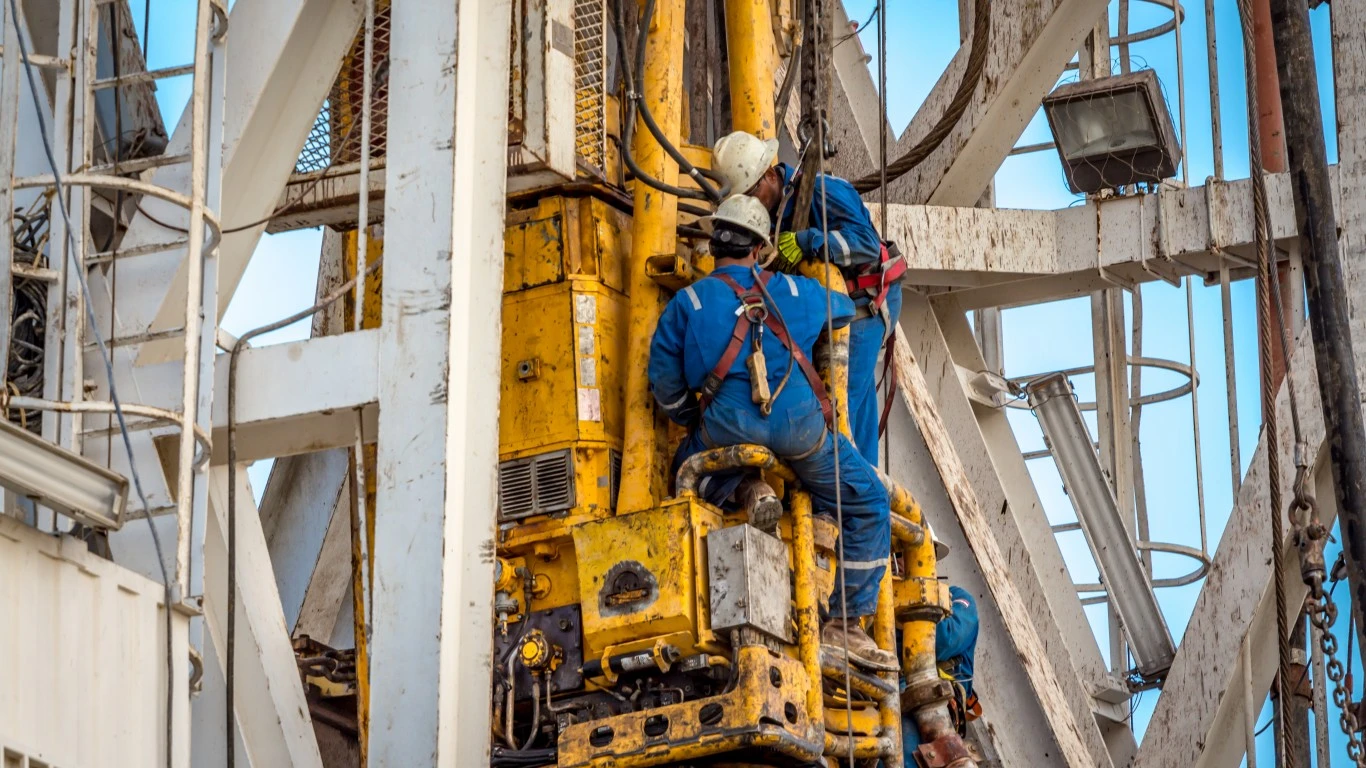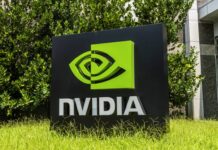
The U.S. Energy Information Administration (EIA) issues a monthly report detailing oil and natural gas production in the seven major U.S. production regions. Included in that report is a count of oil and gas wells that have been drilled but are not yet producing, called drilled but uncompleted wells, or DUCs. there were more than 8,100 DUCs at their peak in 2019.
At the end of this past April, there were 4,223 DUCs in those seven regions, 70 fewer than at the end of March. Those 70 wells had been “completed” during April. Completion refers to a complicated process that turns a hole in the ground into a producing oil or natural gas well. In U.S. shale basins, the completion process typically includes a well stimulation step that is referred to as hydraulic fracturing, aka fracking.
That fracking step includes forcing a concoction of water, chemicals and sand into the wellbore that expands under high pressure and forces the mixture into tiny cracks in the surrounding rock. The sand in the mixture props open the cracks, allowing the oil or gas to flow into a pipe and be pumped to the surface.
Pressure pumping is a requirement of fracking well completion, and there are companies that specialize in that business. While the largest of these is well-known, there are four others to which Stifel analysts have reiterated or initiated coverage with a Buy rating.
Halliburton
Halliburton Co. (NYSE: HAL) has divided its business into two segments focused on drilling and evaluation (D&E) and completion and production (C&P). In the first quarter of this year, C&P revenue was up 24% year over year, although flat sequentially. Supply constraints, especially fracking sand, and bad weather caused a dip in the unit’s margins. The company guided second-quarter C&P margins up 3.5% to 4% based on higher demand.
Stifel’s analysts said they “continue to expect sharply higher [C&P] margins over the next several quarters” and added:
Pressure pumping consolidation has led to frac companies being more disciplined with newbuilds and pricing. This has resulted in limited newbuilds, and when combined with sharply higher demand and fleet attrition, frac equipment is essentially sold out in U.S. land market.
In April, Stifel reiterated its Buy rating on Halliburton stock and raised its $42 price target to $47. At a recent price of around $41.80, the upside potential based on Stifel’s price target is 12.4%.
Liberty Energy
Liberty Energy Inc. (NYSE: LBRT) reported first-quarter revenue of more than $790 million, up nearly 44% year over year, less than half of which was due to higher pricing. The company avoided Halliburton’s problem with sand supply because it owns its own sand mines, and Stifel estimates that Liberty sourced 75% to 80% of its sand requirements from its own mines.
Stifel reiterated its Buy rating on the stock in April and raised its $18 price target to $21. At a recent price of around $17.30, the upside potential to Stifel’s target is 21.4%.
Sponsored: Tips for Investing
A financial advisor can help you understand the advantages and disadvantages of investment properties. Finding a qualified financial advisor doesn’t have to be hard. SmartAsset’s free tool matches you with up to three financial advisors who serve your area, and you can interview your advisor matches at no cost to decide which one is right for you. If you’re ready to find an advisor who can help you achieve your financial goals, get started now.
Investing in real estate can diversify your portfolio. But expanding your horizons may add additional costs. If you’re an investor looking to minimize expenses, consider checking out online brokerages. They often offer low investment fees, helping you maximize your profit.






